
Search

Search

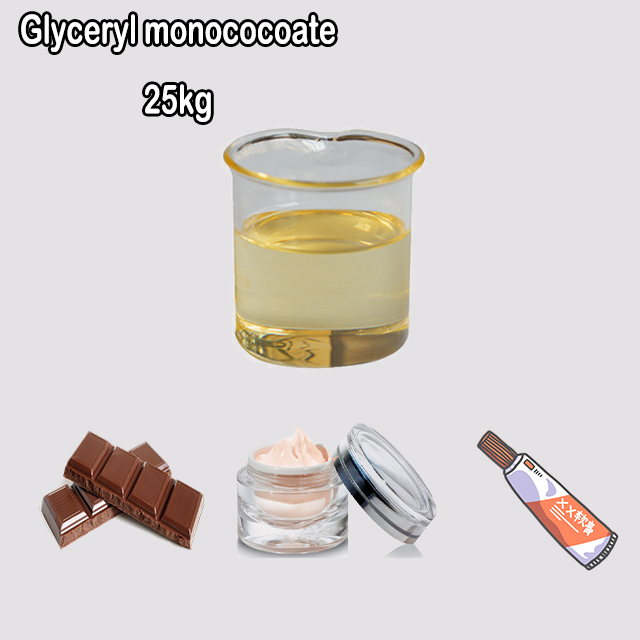
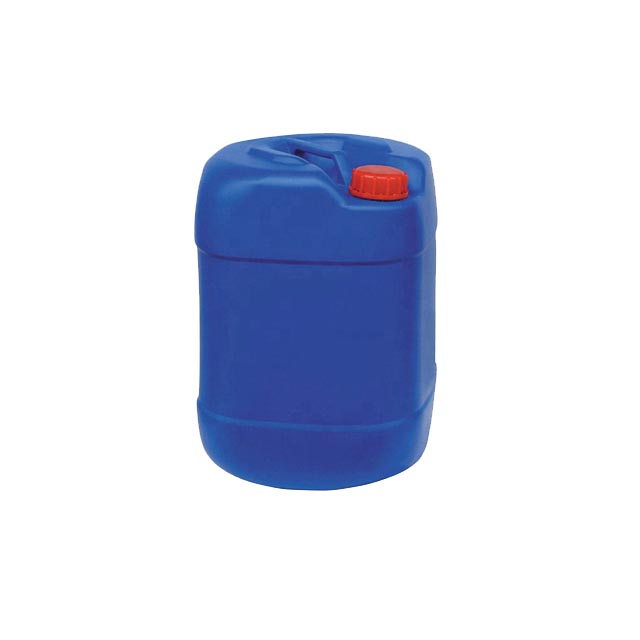
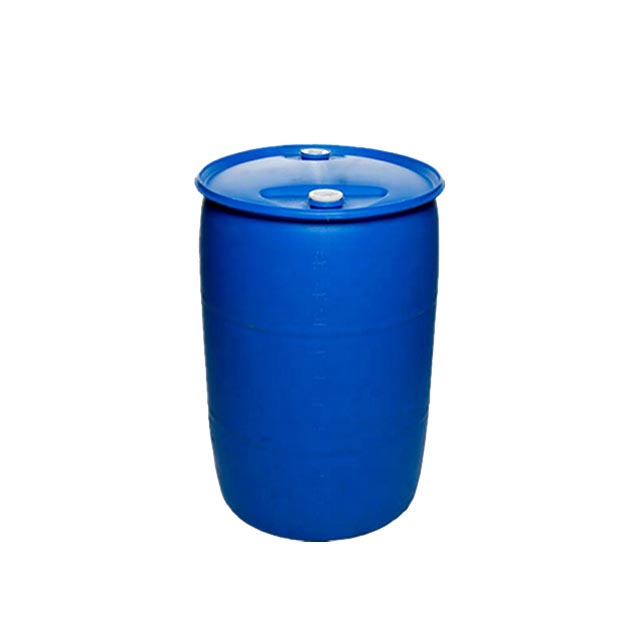
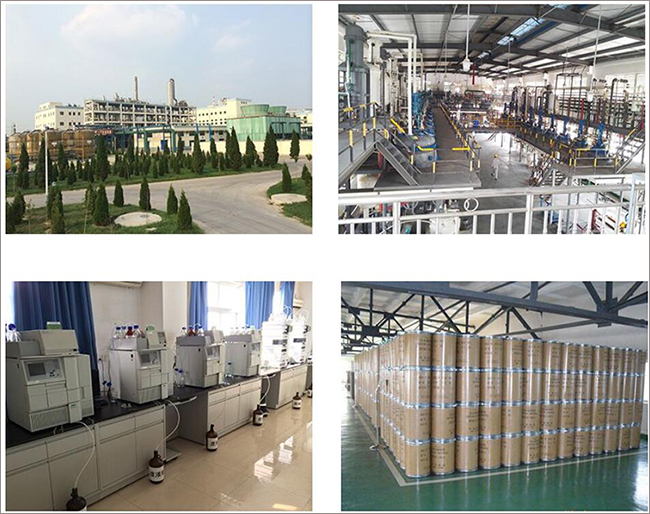




Glyceryl monococoate is a monoester derived from glycerol and coconut oil fatty acids (e.g., lauric or myristic acid). It contains one fatty acid chain attached to glycerol, offering mild surfactant and emulsifying properties. Widely used in cosmetics (creams, cleansers) for gentle oil-water mixing and skin conditioning, it is less irritating than traditional surfactants. In foods, it acts as an emulsifier to stabilize textures. Its amphiphilic nature (hydrophilic glycerol head + lipophilic fatty tail) enables versatility in formulations. Valued for natural origin, biodegradability, and safety, it suits sensitive skin and eco-friendly products. Physical state varies (liquid to waxy) based on fatty acid chain length.
Glyceryl Monococoate is a monoester formed by the esterification of glycerol (a trihydric alcohol) with one fatty acid derived from coconut oil. It is a specific subtype of glyceryl cocoate, where only one hydroxyl group (-OH) of glycerol is esterified with a coconut-derived fatty acid, leaving the other two hydroxyl groups free. Here's a detailed breakdown:
Glycerol backbone: A 3-carbon molecule with three hydroxyl groups (-OH).
Esterification: One -OH group is replaced by a coconut oil fatty acid (e.g., lauric acid, myristic acid, or capric acid), forming a monoester.
Formula: Depends on the specific fatty acid (e.g., lauric acid → C₁₅H₃₀O₄).
Amphiphilic Nature: Combines a hydrophilic glycerol "head" and a lipophilic fatty acid "tail," making it a mild surfactant or emulsifier.
HLB Value: Typically ranges between 3–6 (more lipophilic than di- or triesters), suitable for stabilizing oil-in-water (O/W) emulsions.
Physical State: Often a waxy solid or viscous liquid at room temperature, depending on the fatty acid chain length (shorter chains → more liquid).
Emulsifier: Stabilizes mixtures of oil and water in creams, lotions, and serums.
Cleansing Agent: Mild surfactant in facial cleansers, shampoos, and body washes (less irritating than sulfates).
Moisturizer: Enhances skin hydration by forming a protective lipid layer.
Emulsifier: Used in baked goods, margarine, and processed foods to improve texture and shelf life.
Antimicrobial Properties: Lauric acid-derived monoesters (e.g., glyceryl monolaurate) may inhibit microbial growth.
Drug Delivery: Helps solubilize hydrophobic active ingredients in topical ointments or oral formulations.
Higher Hydrophilicity: Due to the free -OH groups, it has better water compatibility.
Milder on Skin: Lower irritation potential compared to harsher surfactants like SLS.
Targeted Functionality: Monoesters are often preferred for specific emulsification needs (e.g., lightweight lotions vs. heavy creams).
The term "monococoate" is less common in scientific literature. More precise names are often used based on the specific fatty acid involved:
Glyceryl monolaurate (from lauric acid, C12).
Glyceryl monomyristate (from myristic acid, C14).
Glyceryl monocaprate (from capric acid, C10).
"Glyceryl monococoate" generally refers to a mixed monoester blend from coconut oil fatty acids.
Generally Recognized as Safe (GRAS): Approved for use in food and cosmetics by regulatory bodies (e.g., FDA, EU).
Biodegradable: Environmentally friendly due to its natural origin.
Glyceryl monococoate is a versatile, mild monoester derived from coconut oil, widely used for emulsification, moisturization, and gentle cleansing. Its properties vary slightly depending on the dominant fatty acid in the coconut oil source, but it is generally valued for its natural origin and compatibility with sensitive formulations.
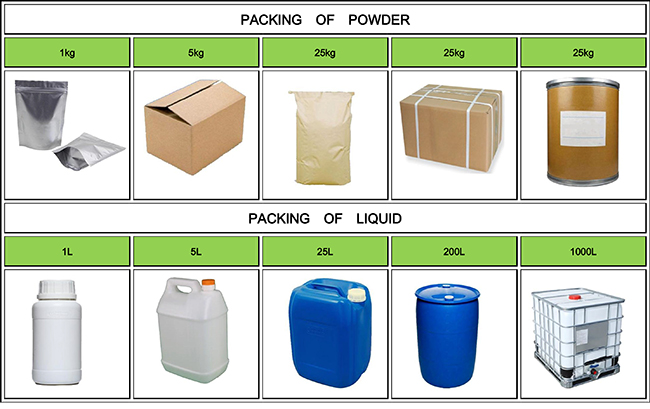
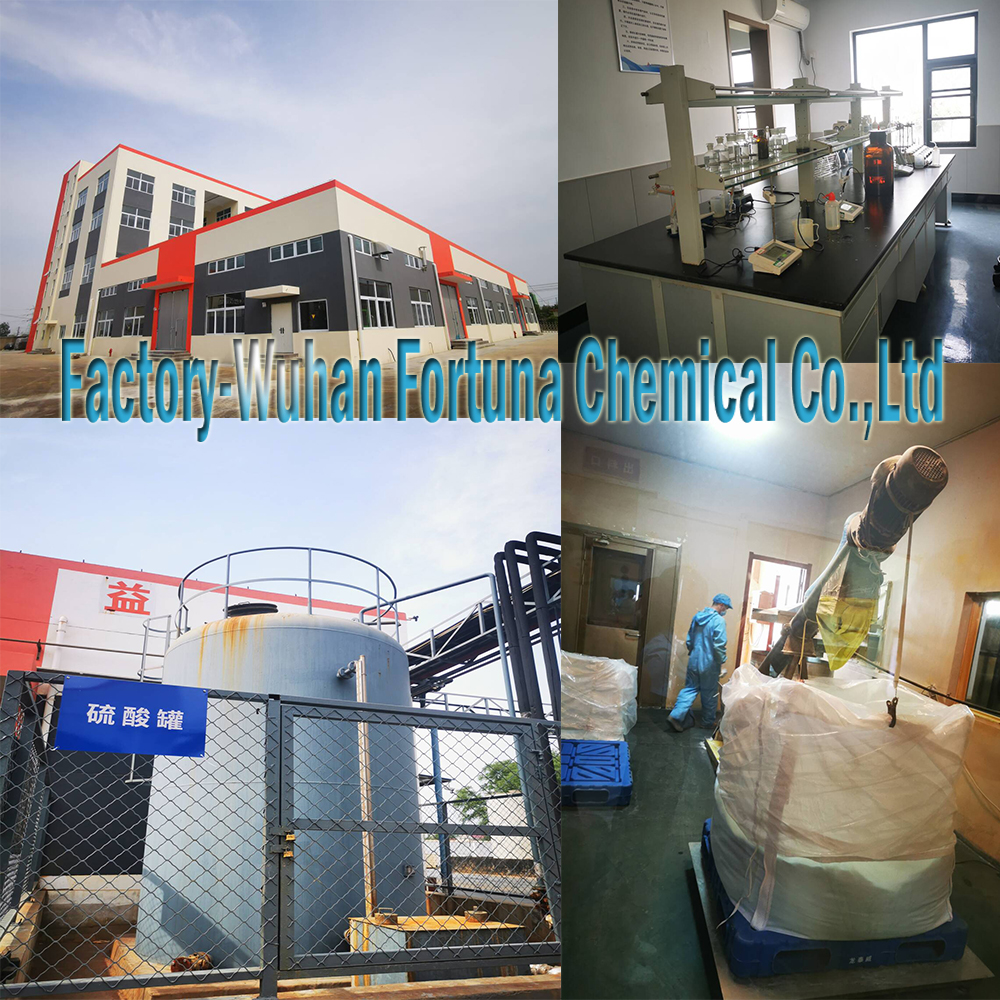
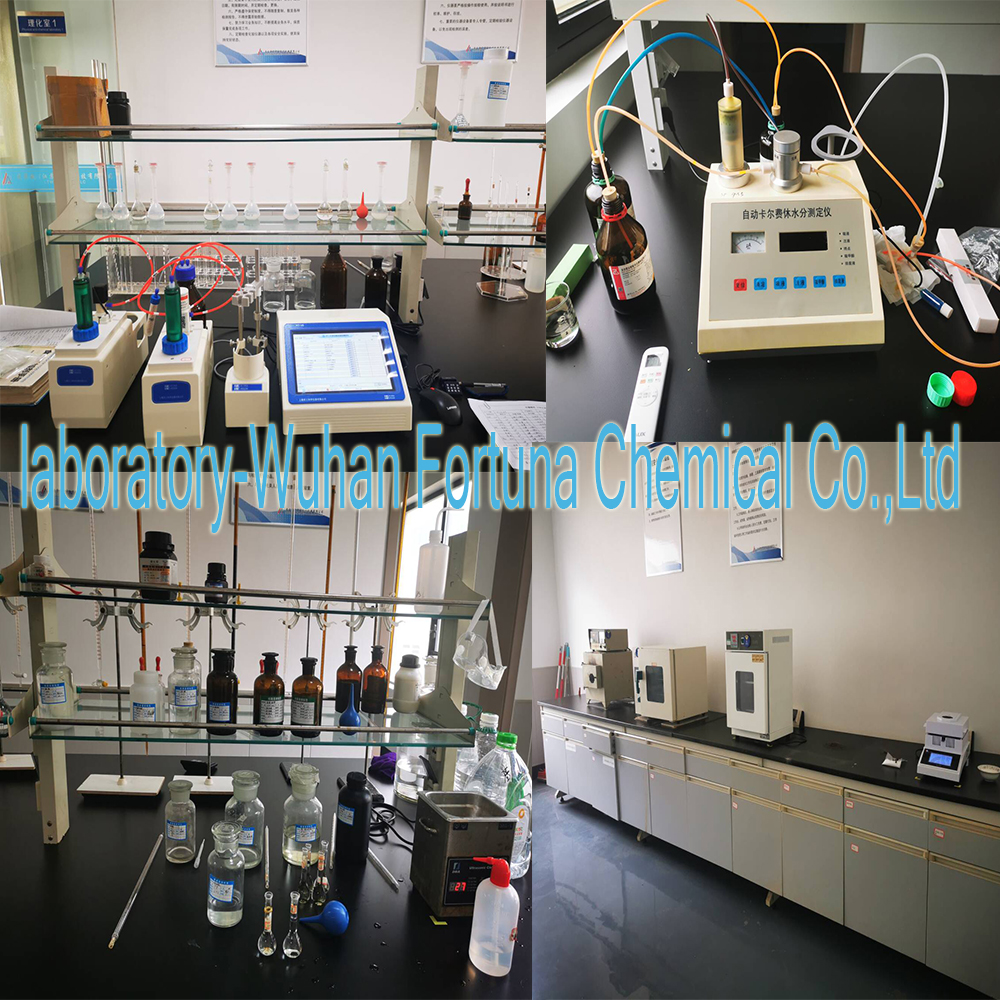

Fortunachem Provides Not Only Professional Chemical Products But Also Professional Help
Keeping you up-to-date with all the latest information, news, and events about Fortunachem!

Quick Links
Add:
E-mail:
 English
English  Español
Español  français
français  العربية
العربية 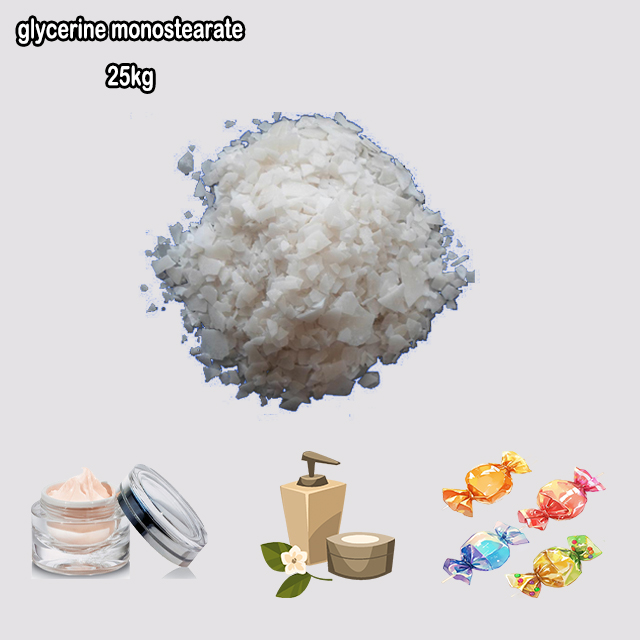
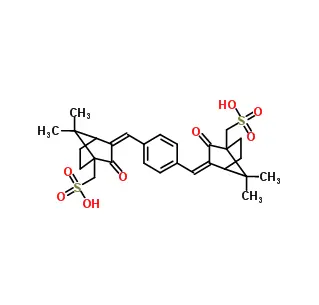
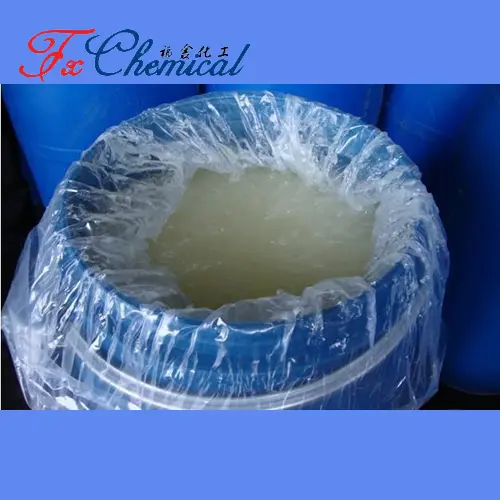
_A25主图.jpg)



